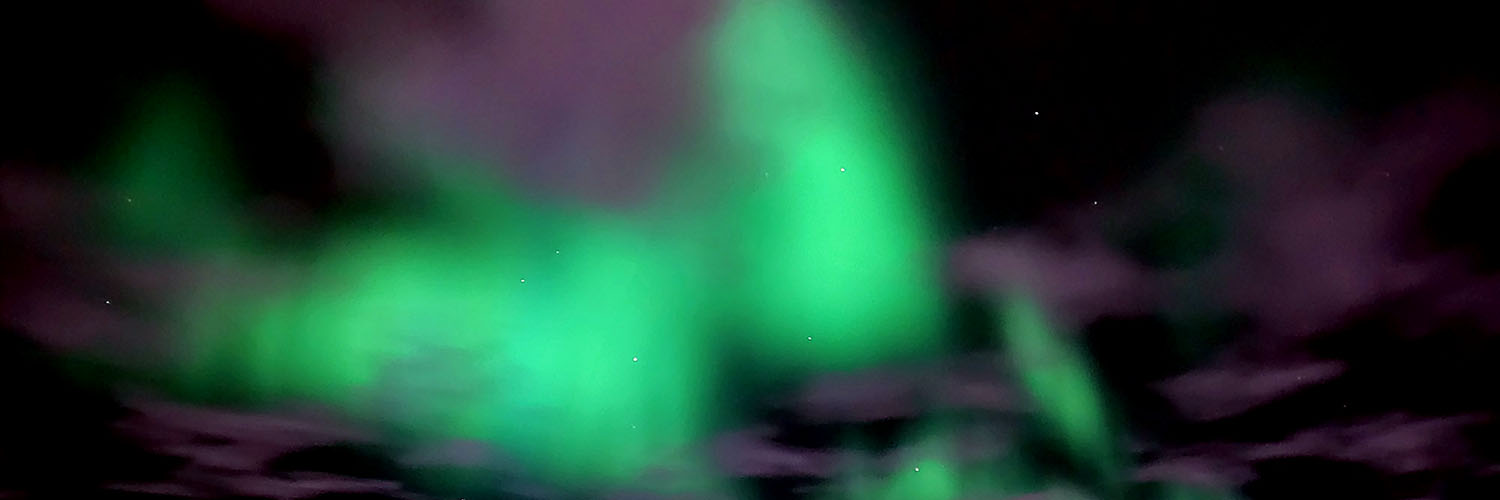
Astronomy Outreach Public Events
Planetarium Shows
Free planetarium shows that are open to the public will be hosted at 6:30 p.m. on most Wednesdays throughout the Fall semester. Check the calendar below for the upcoming show schedule. Entry is free, but a seat reservation is required to not overbook the 38-seat planetarium space. The reservation link is available further down the page.

Public planetarium shows begin with a tour of the current night sky. The current phase of the moon, any planets visible that night and the constellations visible that time of year will be shown along with methods to use the constellations to help orient yourself when looking at the sky. After the introduction the main event is a prerecorded show. The schedule and title of the next few upcoming shows is below with more information about the content of the shows further down the page.
Visiting Campus
Public events are hosted after business hours on campus to make parking easier, but please be aware of the parking options on campus by checking the parking services website.
The planetarium is located in Kinard Laboratory 112. Kinard Laboratory is behind Sikes Hall and Long Hall. Take state Highway 93 to Cherry Road, and then turn onto Parkway Drive (by the President’s House). Follow Parkway Drive to the parking lot between Sikes Hall and Long Hall. Kinard is located behind Long Hall.
Upcoming Shows
To see a complete list of upcoming planetarium events, visit the University calendar.
Public Show Descriptions
A number of shows are offered in the planetarium. Expand the accordions for more information.
-
Experience the Aurora
Over seven months in the Artic Circle, crews captured timelapse images of the Aurora Borealis with high resolution fisheye lenses. The results are spectacular. The aurora has been captured as it was meant to be experienced, as a display that covers the entire sky. This immersive show shares the science behind the aurora and tells the story of our quest to find and photograph the aurora.
-
Wonders of the Universe
Peer deep into space through the eyes of the orbiting Hubble Space Telescope and travel back billions of years in time to witness the birth of the universe. On this breathtaking excursion, you’ll witness the formation of galaxies and explore some of the most wondrous nebulas and astronomical structures yet discovered. As your travels continue, you’ll fly deep into our own Milky Way galaxy and return home to Earth on a spectacular tour through the solar system.
-
Dark Matter
The search for dark matter is the most pressing astrophysical problem of our time. We journey through completely immersive visualizations of dark matter evolution calculated on some of the world’s fastest supercomputers — cosmological visions on a truly vast scale, in which galaxies themselves are but points of light, distributed across far larger intergalactic structures of dark matter.
-
From Earth to the Universe
“From Earth to the Universe” takes the audience out to the colorful birthplaces and burial grounds of stars and still further out beyond the Milky Way to the unimaginable immensity of myriad galaxies. Learn about a journey of celestial discovery, from the theories of the ancient Greek astronomers to today’s grandest telescopes, we invite you to experience “From Earth to the Universe.”
-
Unveiling the Invisible Universe
For thousands of years, humans observed the light coming from the night sky with their eyes. In the beginning of the 17th century, Galileo’s invention of the telescope revolutionized our knowledge of the universe. But it is not only light that can give us information about the cosmos. Neutrinos and cosmic rays also provide vital information. This video presents images of the cosmos as revealed by these different messengers.
-
The Hot and Energetic Universe
Using immersive visualizations and real images, “The Hot and Energetic Universe” presents the achievements of the modern astronomy, the most advanced terrestrial and orbital observatories, the basic principles of electromagnetic radiation and the natural phenomena related to high-energy astrophysics. This science probes hot gas in clusters of galaxies where hot gas is accreting around supermassive black holes in the centers of galaxies, neutron stars, supernova remnants and stars like our sun, emitting copious amounts of high-energy radiation. These are the most massive objects in the universe.
-
Two Small Pieces of Glass
“Two Small Pieces of Glass: The Amazing Telescope” follows two students as they interact with an astronomer at a local star party. Along the way, the students learn the history of the telescope from Galileo’s modifications to a child’s spyglass — using two small pieces of glass — to the launch of the NASA/ESA Hubble Space Telescope and the future of astronomy. Aiming to engage and appeal to audiences of all ages, the show explores the wonder and discovery made by astronomers throughout the last 400 years.
-
Earth, Moon, Sun
Follow the history of the Earth, moon and sun system. Learn how the moon formed and how these three objects interact to create tides, phases of the moon and eclipses.
Public Planetarium Show Seat Reservation
There is no charge to attend a public planetarium show, but we do request that you reserve a seat so we do not overbook. Reservations will open one week in advance of a show, on the Thursday before the following week’s Wednesday show.
Seat reservations are limited to five seats per reservation. If you have a group larger than five, please consider requesting a private event.
For questions or concerns, please contact PandAOR@clemson.edu.
Telescope Observation Events
Observation events with telescopes will be held occasionaly during the semester weather permitting. Observation events will feature two to three telescopes where the moon, planets and constellations will be viewed and discussed. Events will take place in the open space between the Kinard, Martin and Long buildings on the Clemson main campus unless otherwise announced.
Check the Clemson University Department of Physics and Astronomy Facebook page for upcoming observation events.
